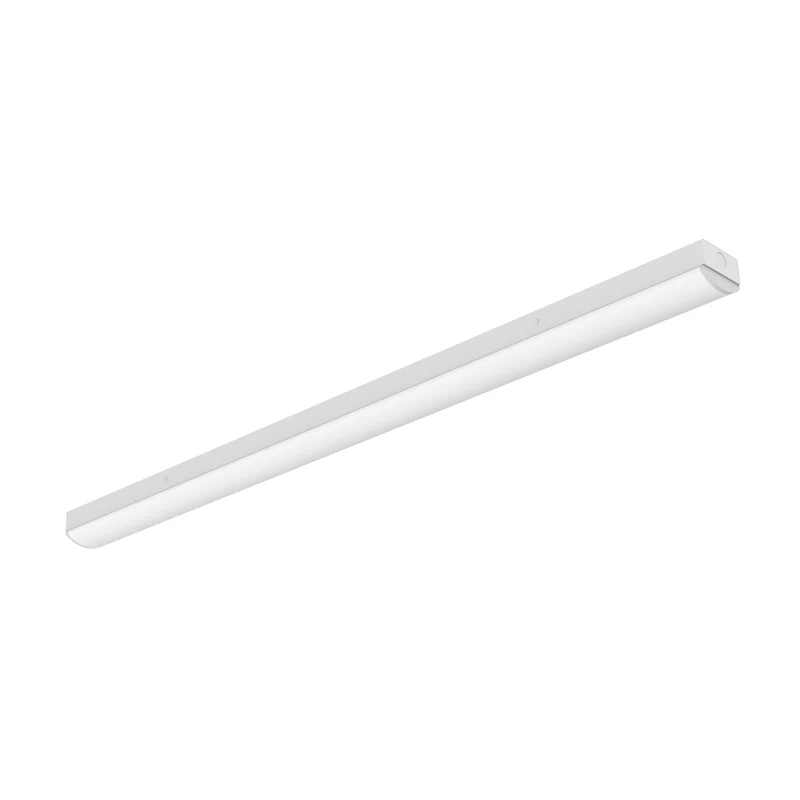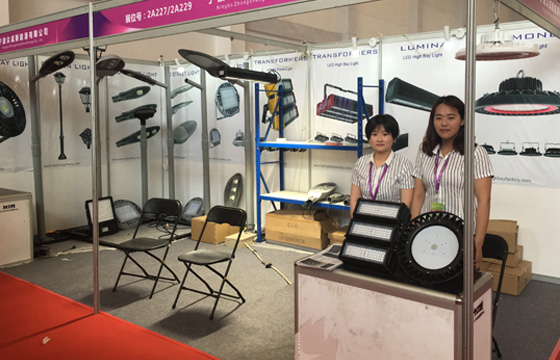¿Cuáles son las ventajas de la estructura de disipación térmica de las lámparas LED industriales y mineras de LEDRHYTHM?
Las lámparas LED industriales y para minería pueden ofrecer a los clientes soluciones de iluminación eficientes, respetuosas con el medio ambiente y fiables. Este artículo presenta principalmente los componentes del sistema de refrigeración de las lámparas industriales y mineras LEDRHYTHM.
La pieza central es la fuente de luz LED, que se compone de chips LED y sistemas ópticos. El chip LED es la parte emisora de luz que convierte la energía eléctrica en energía luminosa y emite una luz suave y brillante. El sistema óptico se encarga de reflejar, refractar y homogeneizar la luz emitida por el chip LED para conseguir el efecto de iluminación deseado. Este diseño garantiza que pueda mantener efectos de iluminación eficaces y estables en entornos de baja temperatura y alta humedad.
En segundo lugar, cuenta con un eficaz sistema de refrigeración. Este sistema consta de un radiador, un diseño de aletas de refrigeración, un diseño aerodinámico y un tratamiento de disipación del calor por radiación superficial. El radiador está hecho de materiales con buena conductividad térmica y puede conducir y disipar el calor rápidamente. Las luces LED de almacenamiento en frío suelen utilizar aletas de disipación de calor de aluminio como cubierta exterior para aumentar el área de disipación de calor. El diseño de las aletas de disipación de calor puede optimizar la tasa de flujo de aire y el efecto de disipación de calor, reduciendo así la temperatura de la lámpara. La aerodinámica utiliza la forma de la carcasa de la lámpara para crear aire de convección, que es la forma más económica de mejorar la disipación del calor. Por ejemplo, en el método de refrigeración por aletas, los materiales de aleación de aluminio se procesan en forma de aletas para aumentar el área de contacto entre el aire y el radiador tanto como sea posible para aumentar el efecto de la convección natural. La superficie de la carcasa de la lámpara se trata con disipación de calor por radiación. Es tan sencillo como aplicar pintura de disipación de calor por radiación, que puede eliminar el calor de la superficie de la carcasa de la lámpara por radiación. Este diseño puede utilizar las características de la pintura para transferir calor al entorno en forma de radiación, mejorando el efecto de disipación del calor. Este diseño de disipación de calor garantiza que pueda mantener un buen rendimiento incluso trabajando durante mucho tiempo.
También está equipado con un circuito de accionamiento inteligente. Este circuito consta de fuente de alimentación, interruptor y circuito de protección. Puede proporcionar una corriente estable y fiable al chip LED para garantizar una iluminación estable. Al mismo tiempo, el circuito de protección puede garantizar el apagado a tiempo en circunstancias anormales y mejorar el rendimiento de seguridad.
La carcasa está fabricada con materiales de alta resistencia y es impermeable al agua y al polvo, por lo que protege los componentes y circuitos internos de entornos agresivos.









